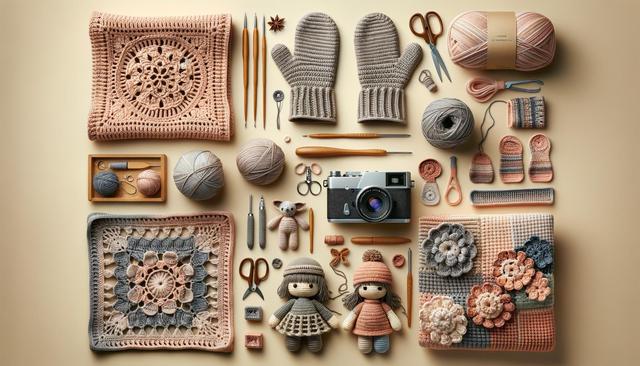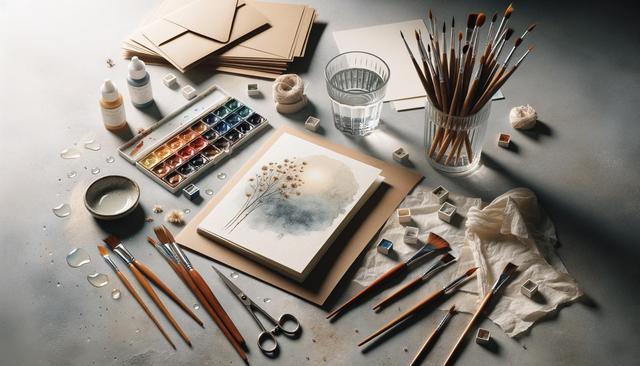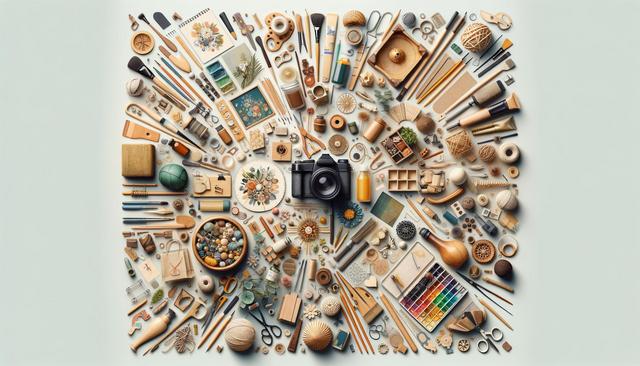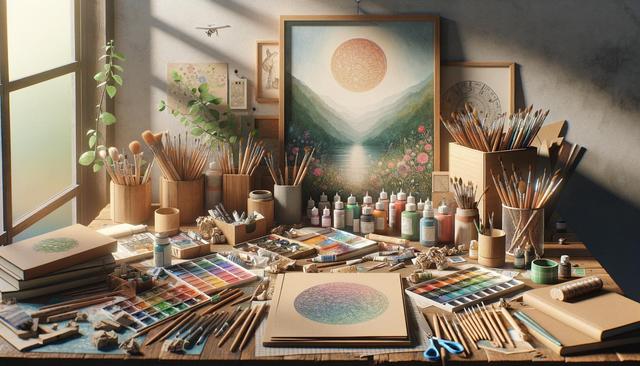Upcycling 101: How to Transform Old Clothes into New Creations
Discover the art of upcycling by transforming your old clothes into new, creative masterpieces.
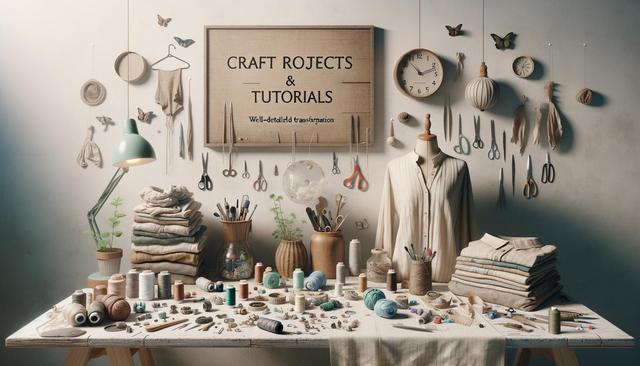
The Basics of Upcycling
Upcycling is a creative and sustainable practice that involves repurposing old or unused items into something of higher value or quality. Unlike recycling, which often breaks down materials to create new products, upcycling preserves the original materials, giving them a new lease of life with minimal environmental impact. When it comes to clothing, upcycling is not only an eco-friendly option but also a way to express personal style and creativity. By transforming old clothes, you can create unique pieces that reflect your personality and reduce waste. The first step in upcycling is to gather your materials. This can be a fun and rewarding process, as you sift through your wardrobe or local thrift stores for items that spark your imagination. Consider the fabric, color, and texture of the clothes you choose, as these elements will influence your final creation.
Tools and Materials Needed
Before you begin your upcycling project, it’s essential to equip yourself with the right tools and materials. While some upcycling projects can be completed with basic sewing skills, others may require more advanced techniques. Here is a list of tools that may come in handy:
- Sewing machine: For more extensive projects that require durable stitching.
- Needles and thread: A must-have for hand sewing or smaller tasks.
- Fabric scissors: Essential for cutting fabric cleanly and accurately.
- Pins and a pin cushion: To hold fabric pieces together while you work.
- Measuring tape: To ensure precise measurements and fitting.
- Fabric glue: Useful for no-sew projects or adding embellishments.
- Iron and ironing board: For pressing seams and removing wrinkles.
In addition to these basic tools, you might want to gather embellishments such as buttons, zippers, lace, or patches, which can add character and flair to your upcycled creations. With the right tools at your disposal, you’re ready to dive into the creative world of upcycling.
Simple Upcycling Projects
For those new to upcycling, starting with simple projects can build confidence and hone your skills. One popular and accessible project is transforming an old t-shirt into a stylish tote bag. Begin by cutting off the sleeves and neckline, then sew the bottom hem together to create a bag shape. You can personalize it further by adding patches or fabric paint. Another easy project is turning a pair of worn jeans into a trendy pair of shorts. Cut the jeans to your desired length, and if you wish, fray the edges for a casual look. Additionally, you can add decorative elements like studs or embroidery to make them stand out. These projects require minimal materials and are perfect for beginners looking to explore the possibilities of upcycling.
Advanced Upcycling Techniques
Once you feel more comfortable with basic upcycling projects, you can challenge yourself with more advanced techniques. One such technique is garment reconstruction, which involves deconstructing and reshaping garments to create entirely new pieces. For example, you can transform a men’s dress shirt into a chic off-the-shoulder dress by removing sleeves and altering the fit. This technique requires more precise sewing skills and a good understanding of garment construction. Another advanced technique is patchwork, where different fabric pieces are sewn together to create a quilted effect. This can be used to make unique skirts, jackets, or even home decor items like cushions. These advanced projects offer endless opportunities for creativity and innovation, allowing you to push the boundaries of traditional fashion.
Conclusion: Embracing a Sustainable Future
Upcycling is more than just a creative outlet; it is a step towards a more sustainable future. By repurposing old clothes, we contribute to reducing textile waste and conserving natural resources. The practice encourages us to rethink our relationship with fashion and embrace individuality in our style choices. Whether you are a seasoned crafter or a beginner, upcycling offers a fulfilling way to make a positive impact on the environment. As you embark on your upcycling journey, remember that each piece you create is a reflection of your values and creativity. Embrace the imperfections and enjoy the process of transforming the old into the new, one stitch at a time.

